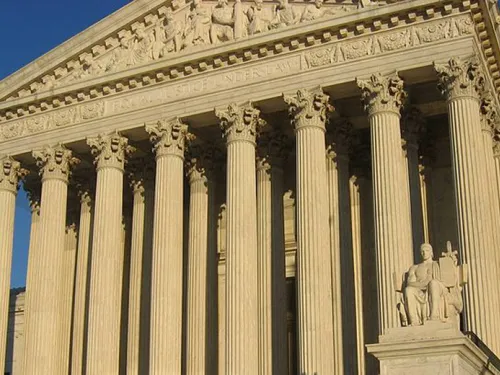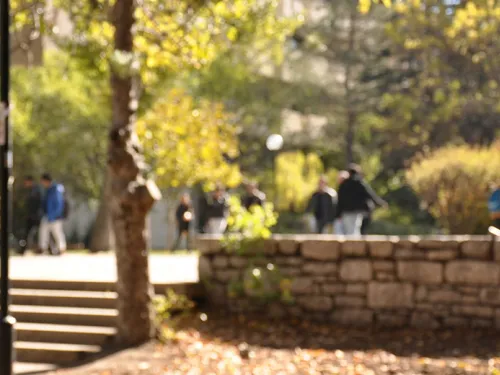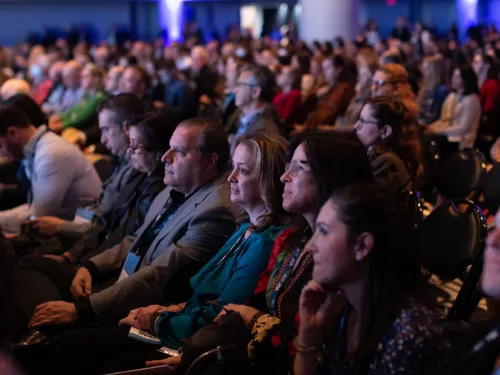The Pyramid of Hate illustrates the prevalence of bias, hate and oppression in our society. It is organized in escalating levels of attitudes and behavior that grow in complexity from bottom to top. Like a pyramid, the upper levels are supported by the lower levels; unlike a pyramid, the levels are not built consecutively or to demonstrate a ranking of each level. Bias at each level reflects a system of oppression that negatively impacts individuals, institutions and society…
Search Results
12 Results

This parent/family discussion guide helps families engage in a discussion about the October 7, 2023 Hamas attack on Israel, its aftermath and how families can help.
Definitions of antisemitism, anti-Zionism and anti-Israel bias.
Social media is a hotbed of antisemitism, anti-Israel hate, Holocaust denial and distortion and other conspiracy theories. Check out our tips on how to engage and disengage in the fight against antisemitism, anti-Israel bias, and hate on social media.

The topic of antisemitism is complex, deeply historical and has a myriad of elements to it. Antisemitism is not only about defaming and attacking the Jewish community; it is a symptom of a larger issue. While antisemitism has sometimes escalated to violence as we saw at the Tree of Life Synagogue shooting, it more often appears in subtler ways, such as insensitive remarks or “jokes” that are brushed off, or negative stereotypes that go unchallenged.
Today, Jewish young people…

Increase your awareness of religious obligations and ethnic and cultural festivities that may affect students, colleagues and neighbors in your community.
The Pyramid of Hate illustrates the prevalence of bias, hate and oppression in our society. It is organized in escalating levels of attitudes and behavior that grow in complexity from bottom to top. Like a pyramid, the upper levels are supported by the lower levels; unlike a pyramid, the levels are not built consecutively or to demonstrate a ranking of each level. Bias at each level reflects a system of oppression that negatively impacts individuals, institutions and society…
For Educators | High School
A study guide for high school teachers who are using From Broken Glass: My Story of Finding Hope in Hitler’s Death Camps to Inspire a New Generation in the classroom.
Help students better understand the experiences author Steve Ross talks about in his book.
About From Broken Glass
Steve Ross was eight years old when the Nazis invaded his Polish village, forcing his family to flee. He spent his next six years in a day-to-day struggle to survive…

There are 1.91 billion Muslim people worldwide and Islam is currently the second largest religion in the world next to Christianity. Despite the fact that there are so many Muslims in the world, in many places there is a lack of understanding about Muslim people. In addition, anti-Muslim bigotry is manifesting in personal biases, stereotyping, microaggressions, identity-based bullying, biased rhetoric, hate crimes and more.
The following education resources include lesson plans,…
For Educators | For Parents, Families, and Caregivers Most people love a celebration! Adults flutter around busily preparing for the festivities. Children are abuzz with excitement. Special foods are eaten, special heirlooms brought down from the shelf. Traditions are passed down from generation to generation. While children should have an opportunity to learn about and share information about the important holidays and celebrations in their lives, celebrating specific holidays in a school or…
Early Childhood Question Corner For Educators | For Parents, Families, and Caregivers You can help children embrace differences by exposing them to diversity as early as possible. This can be a natural part of everyday living as children develop relationships outside their family. Answer children’s questions about differences openly and honestly as they come up, and if you don't know the answers, seek them out. Another way to ensure diversity in children’s lives is to…

Early Childhood Question Corner
Common themes appear in holidays and celebrations across many cultures. By connecting themes, as suggested in the Question Corner installment "How can I plan inclusive holiday celebrations?" you can show children that holidays and celebrations are an expression of cultural and religious pride, and help them understand the commonality of certain human feelings, celebrations and their meaning. For example, by trying the following activity, Looking…









